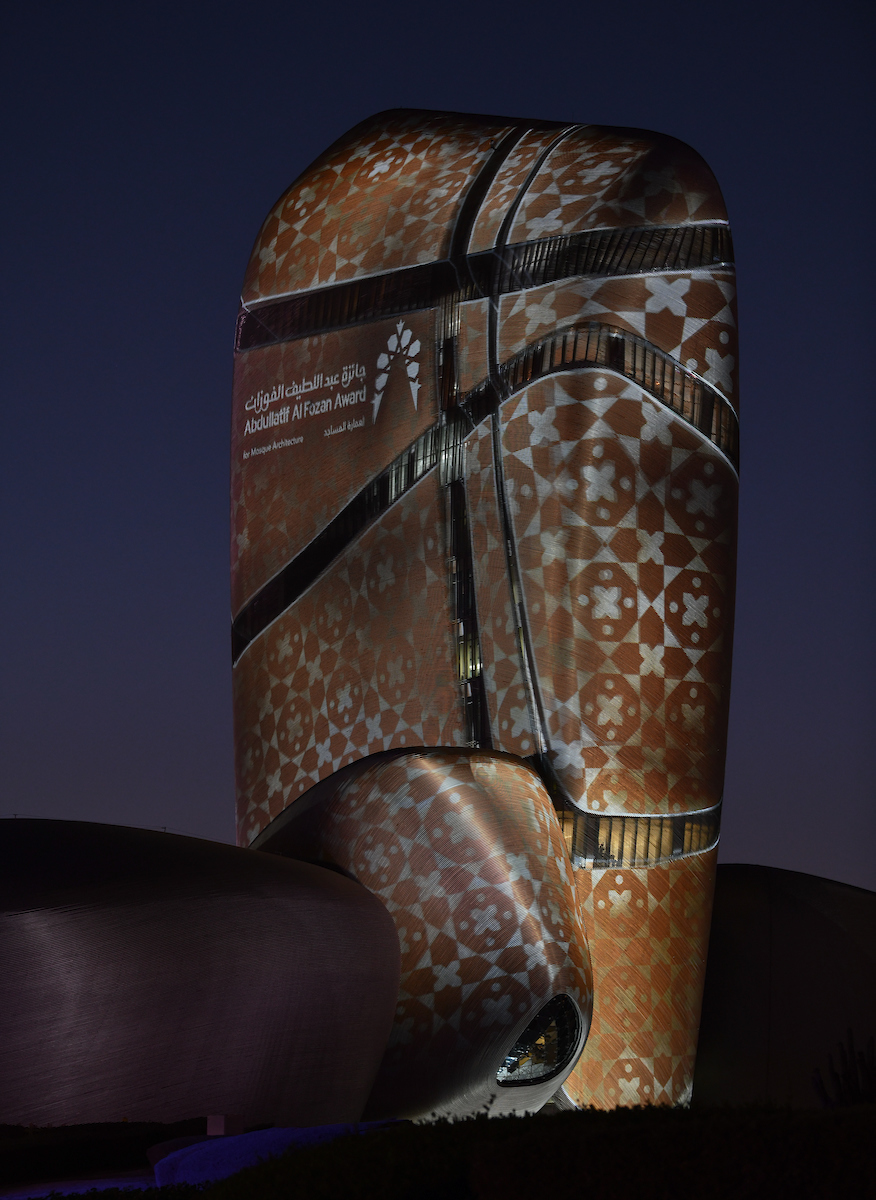DHAHRAN: The second Islamic Art Conference will be hosted at the King Abdulaziz Center for World Culture between Nov. 25-30, in partnership with the Abdullatif Al-Fozan Award for Mosque Architecture.
The event, which is titled “In Praise of the Artisan: A Reassessment of Contemporary Islamic Arts & Crafts Practice,” explores Islamic works.
Visitors can expect lectures, panel discussions, workshops, exhibitions, film screenings, and demonstrations.
The event aims to celebrate and showcase the heritage, traditions, and emerging trends of Islamic arts and crafts from the Arab world.
In addition to the conference, Ithra is hosting an exhibition called “In Praise of the Artisan,” in partnership with the Al-Sabah Collection of the Dar Al-Athar Al-Islamiyyah in Kuwait. The exhibition will feature historic and contemporary works, including the largest hand-carved stone screen since the Taj Mahal, and eight commissioned pieces by master craftspeople from Saudi Arabia, Morocco, India, Spain, Egypt, Turkiye, Uzbekistan, and Malaysia.

Artworks on display at the Islamic Art Conference. (Supplied)
Abdullah Al-Rashid, director of Ithra, said: “The Islamic Art Conference is a global platform for shining the light on Islamic arts and crafts, in line with Ithra’s mission to celebrate cultural heritage, enable talent development and support creative expression, all powered by partnerships with renowned institutions.
“The synergies of conducting both events in parallel will provide a uniquely interactive and immersive experience designed to educate visitors about Islamic handicrafts and artisans from the Middle East and beyond.”
Mashary Al-Naim, the secretary-general of the Abdullatif Al-Fozan Award for Mosque Architecture, said: “This conference and exhibition support our ongoing efforts to unearth new ideas from around the world for designing mosques and encouraging innovative planning, design and technical ideas that can form a new identity for Islamic art.
“Islamic art no longer discusses works of art and architecture as tangible creations, but rather looks at them in the context of work, crafts, and daily practices.”
The event will also address new initiatives to preserve traditional craft skills, help artisans find markets and adapt to global challenges. It will explore the role of relationships in craft production, traditional materials and methods, and the use of crafts for social change in developing Islamic countries.














